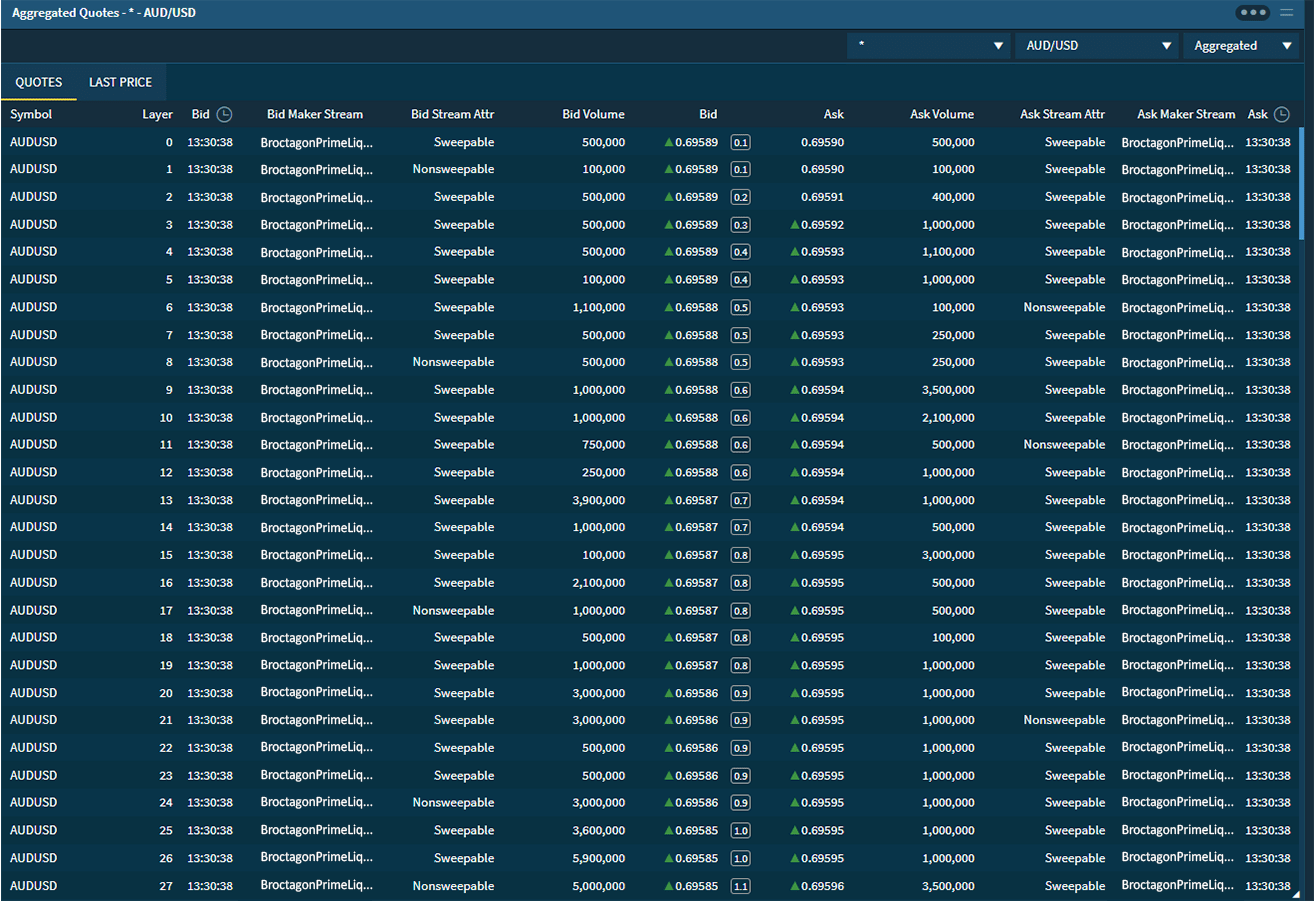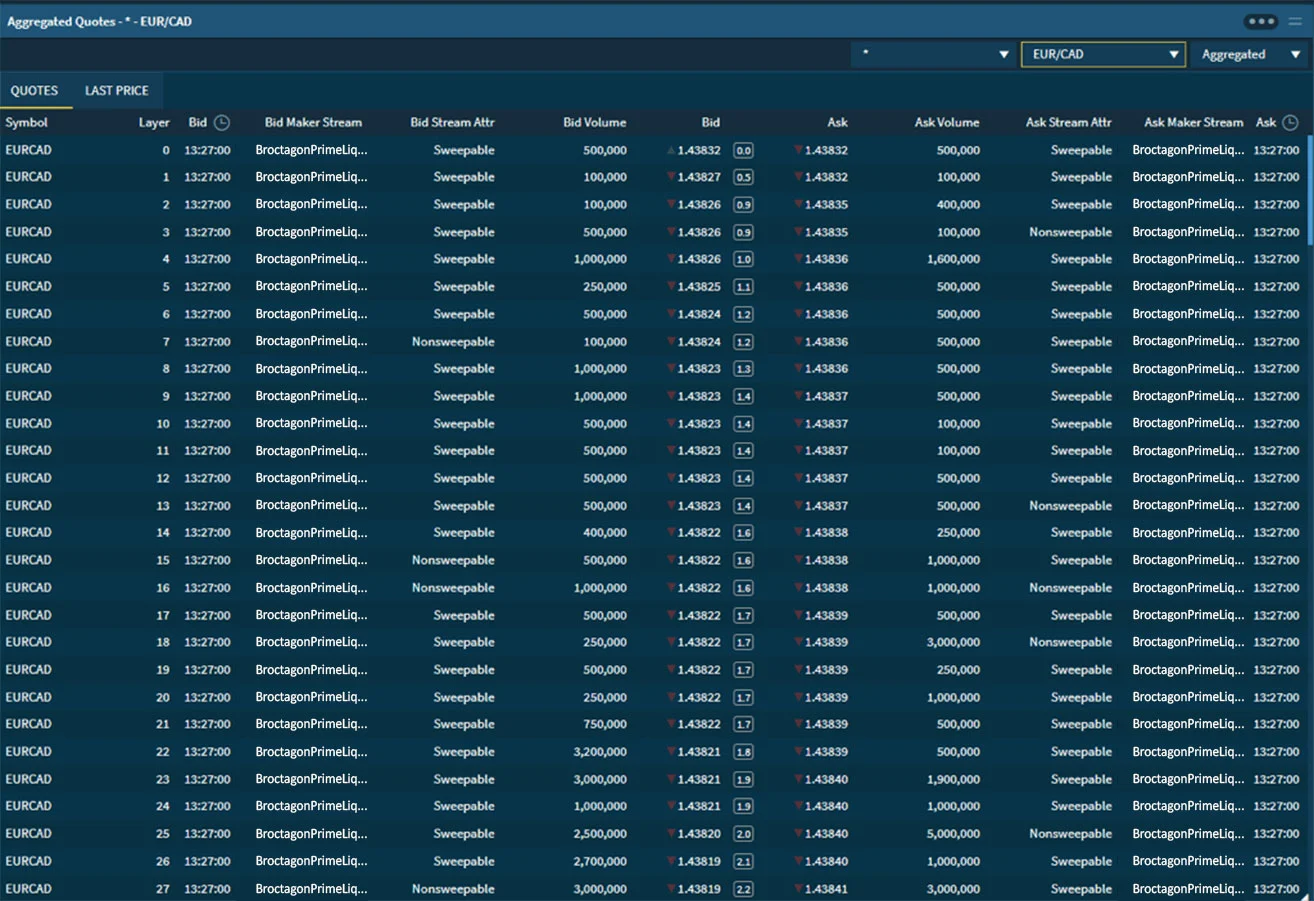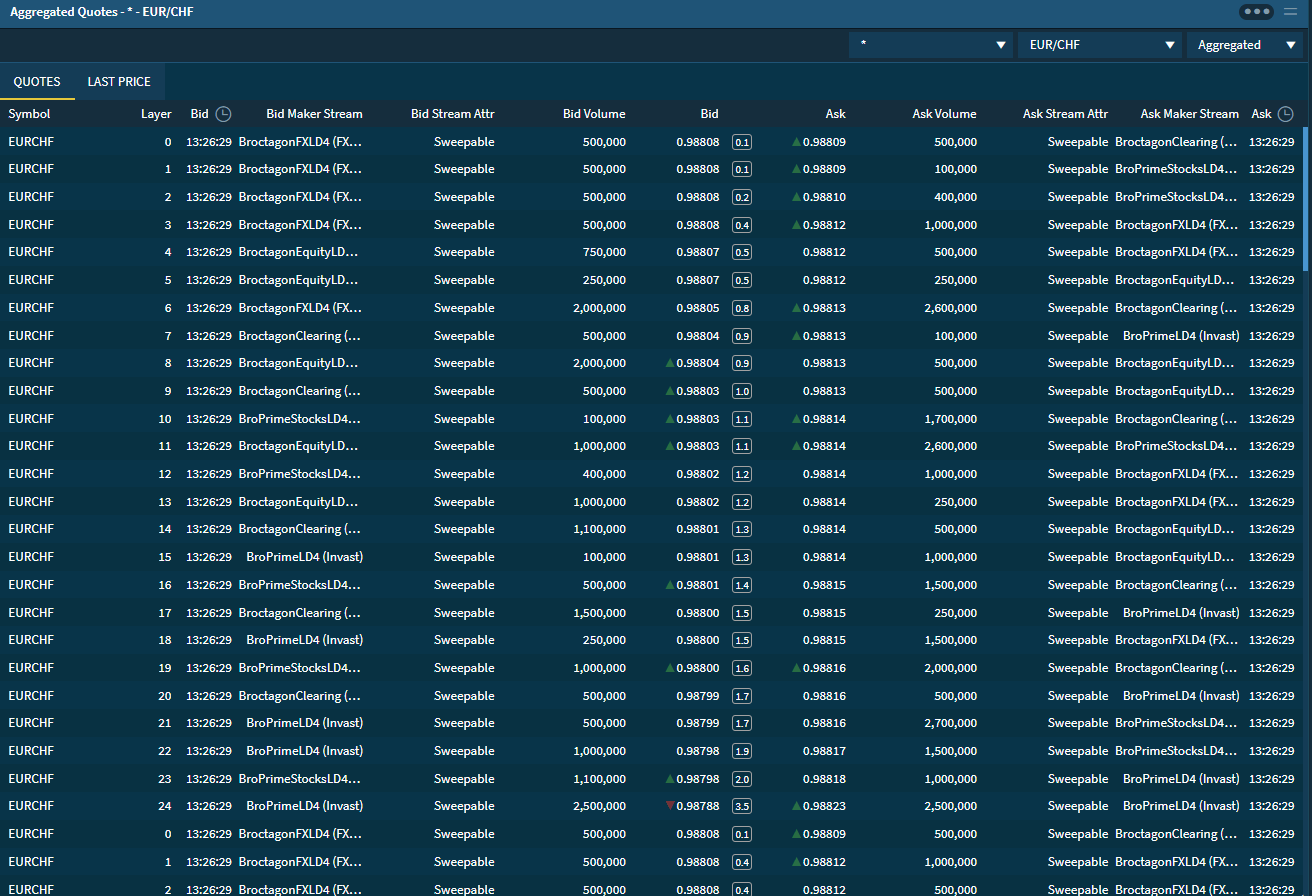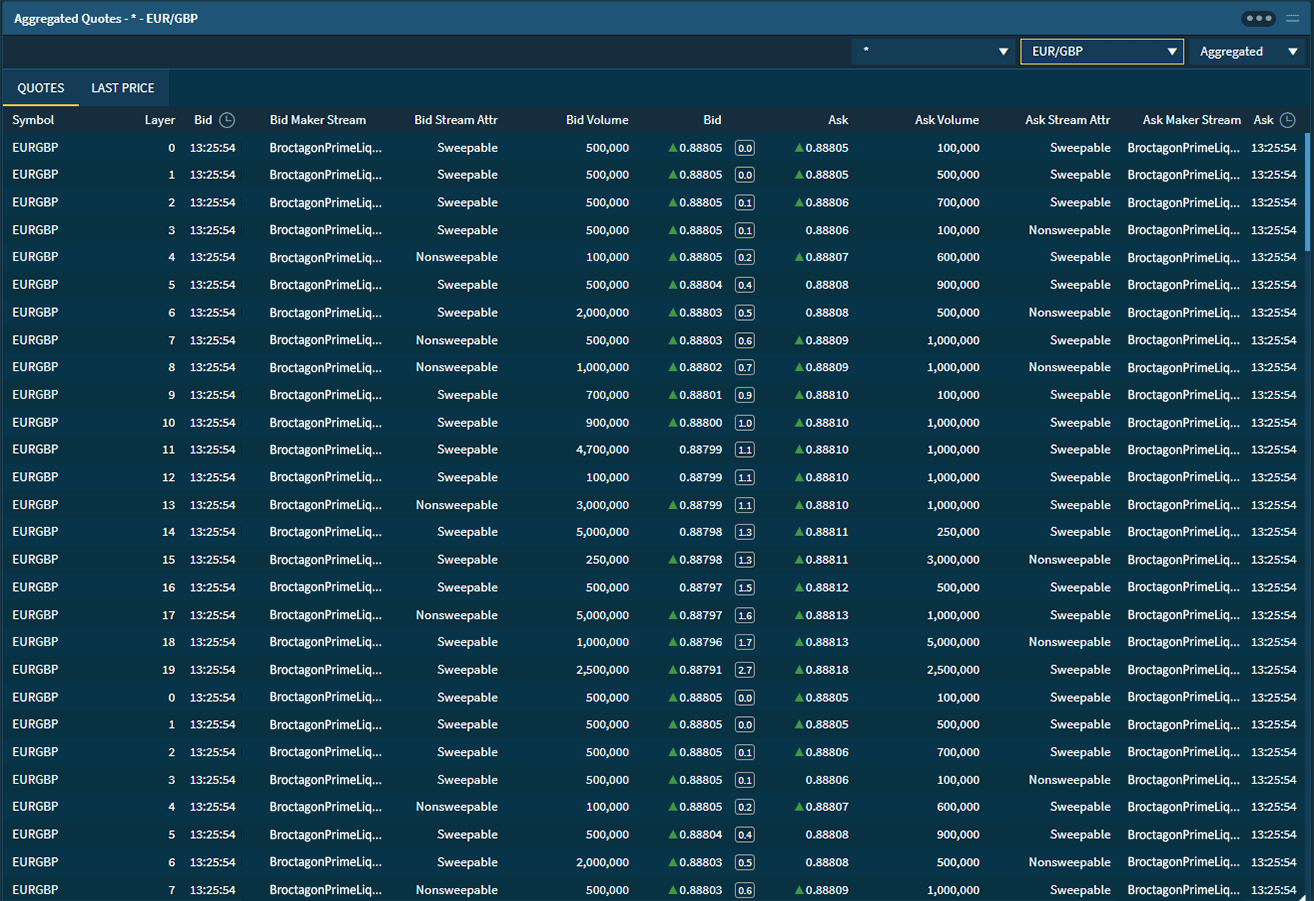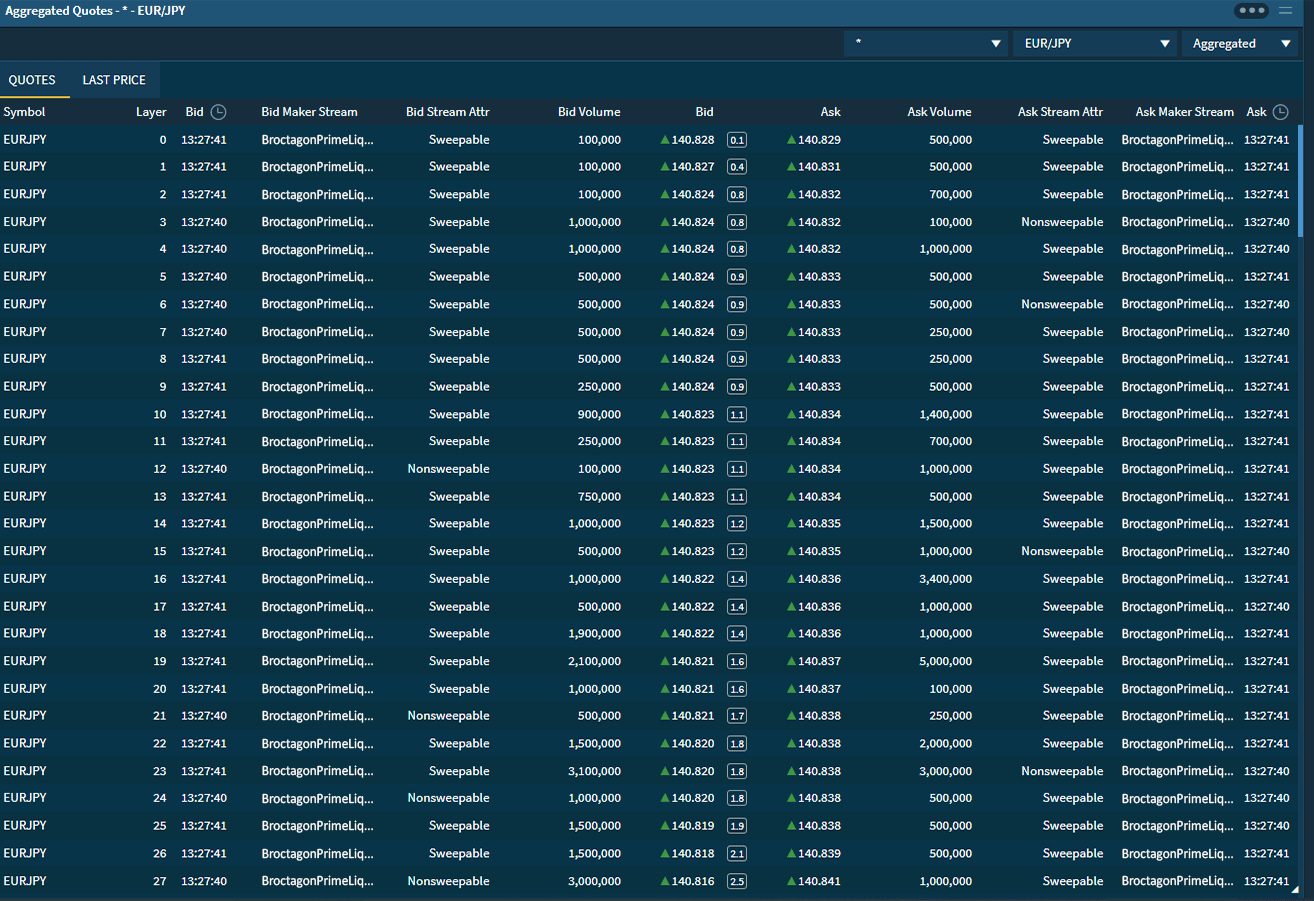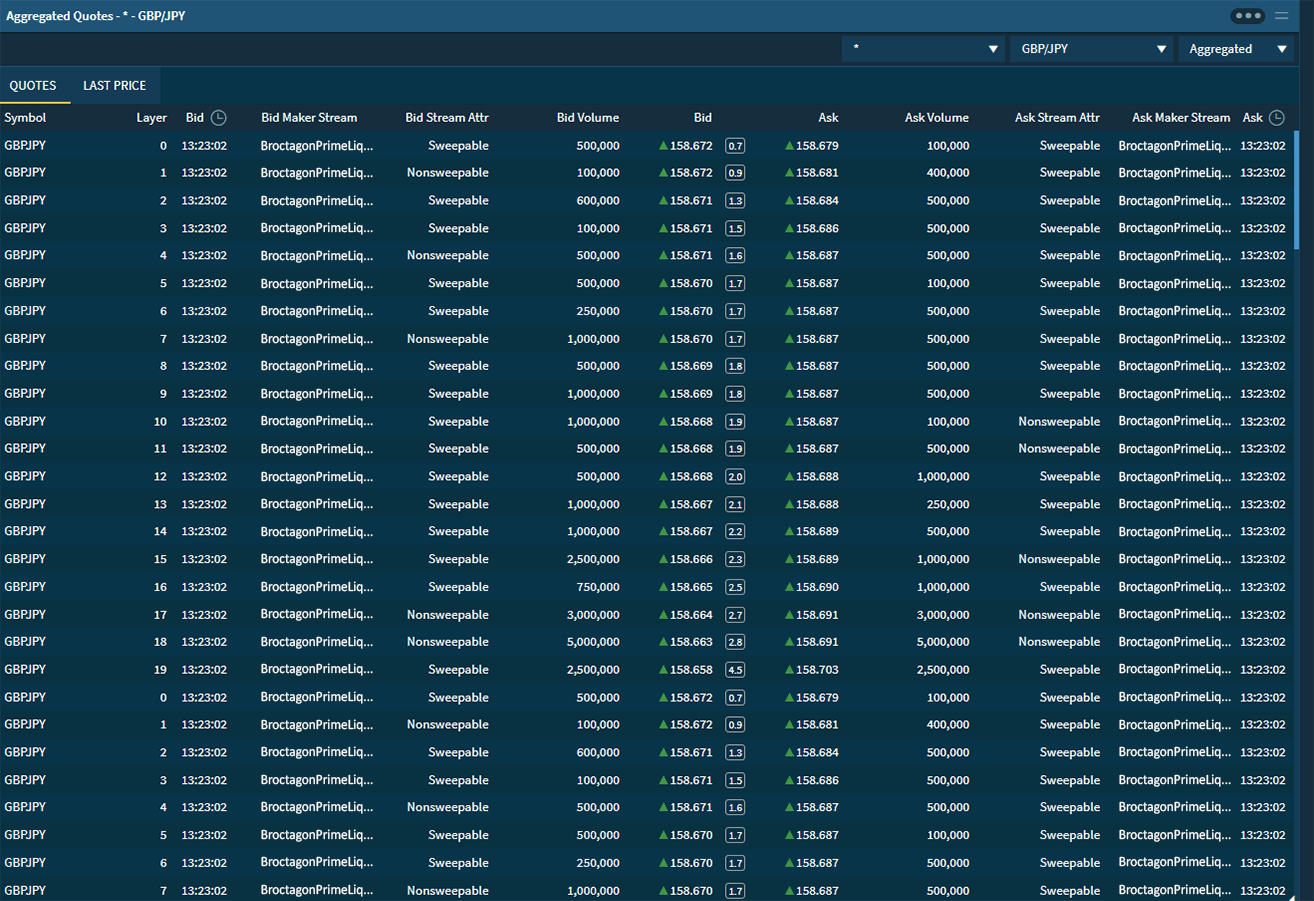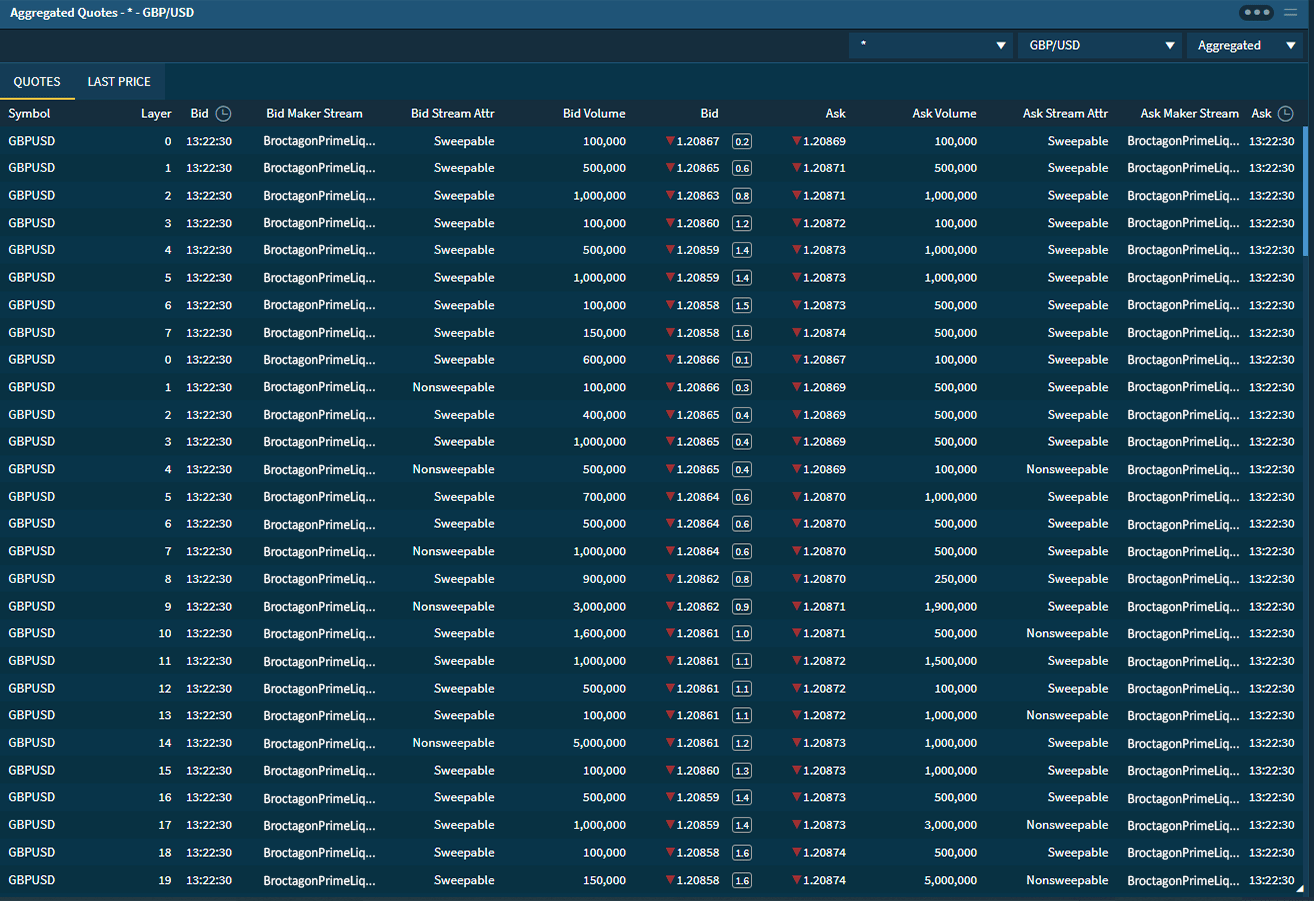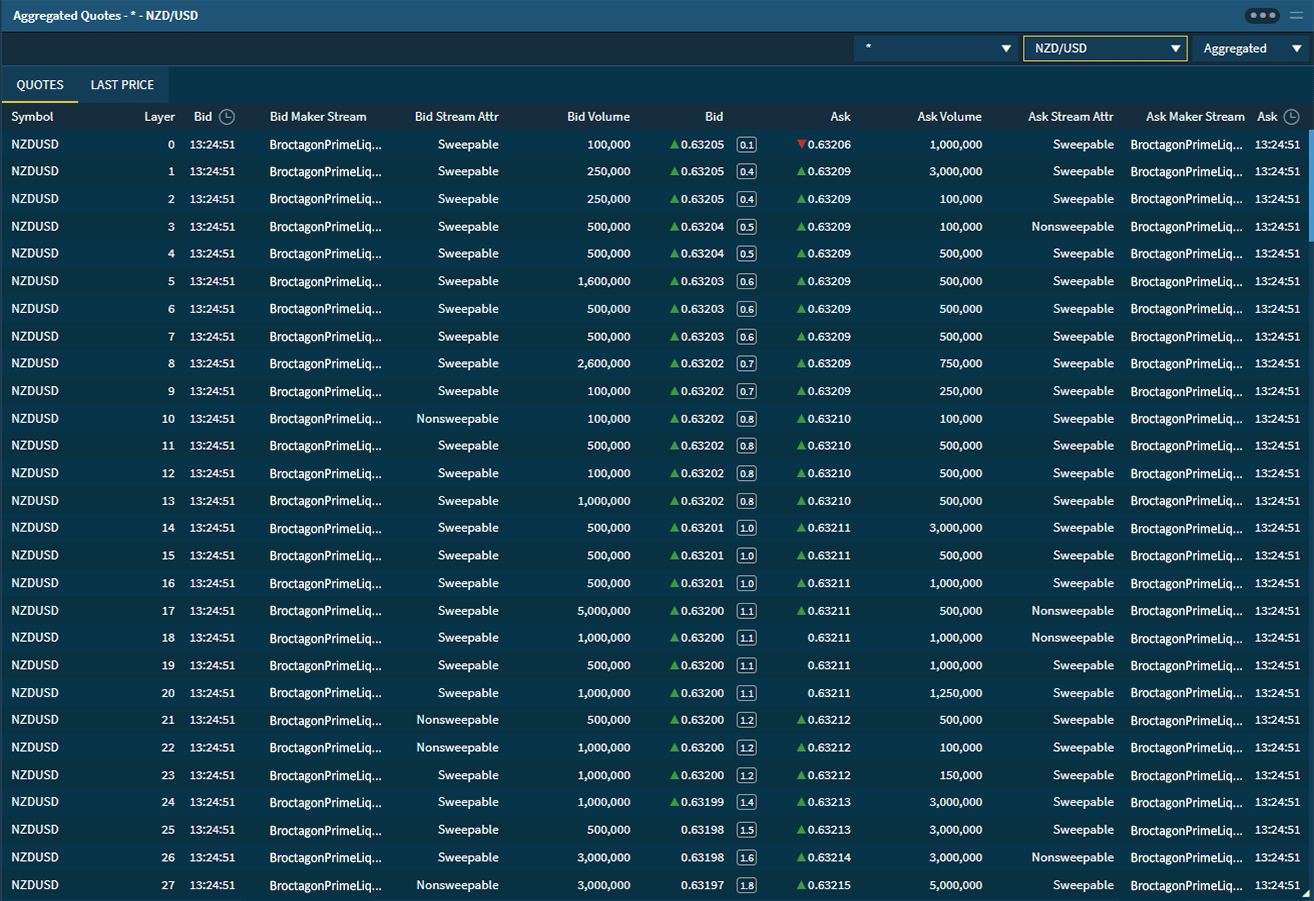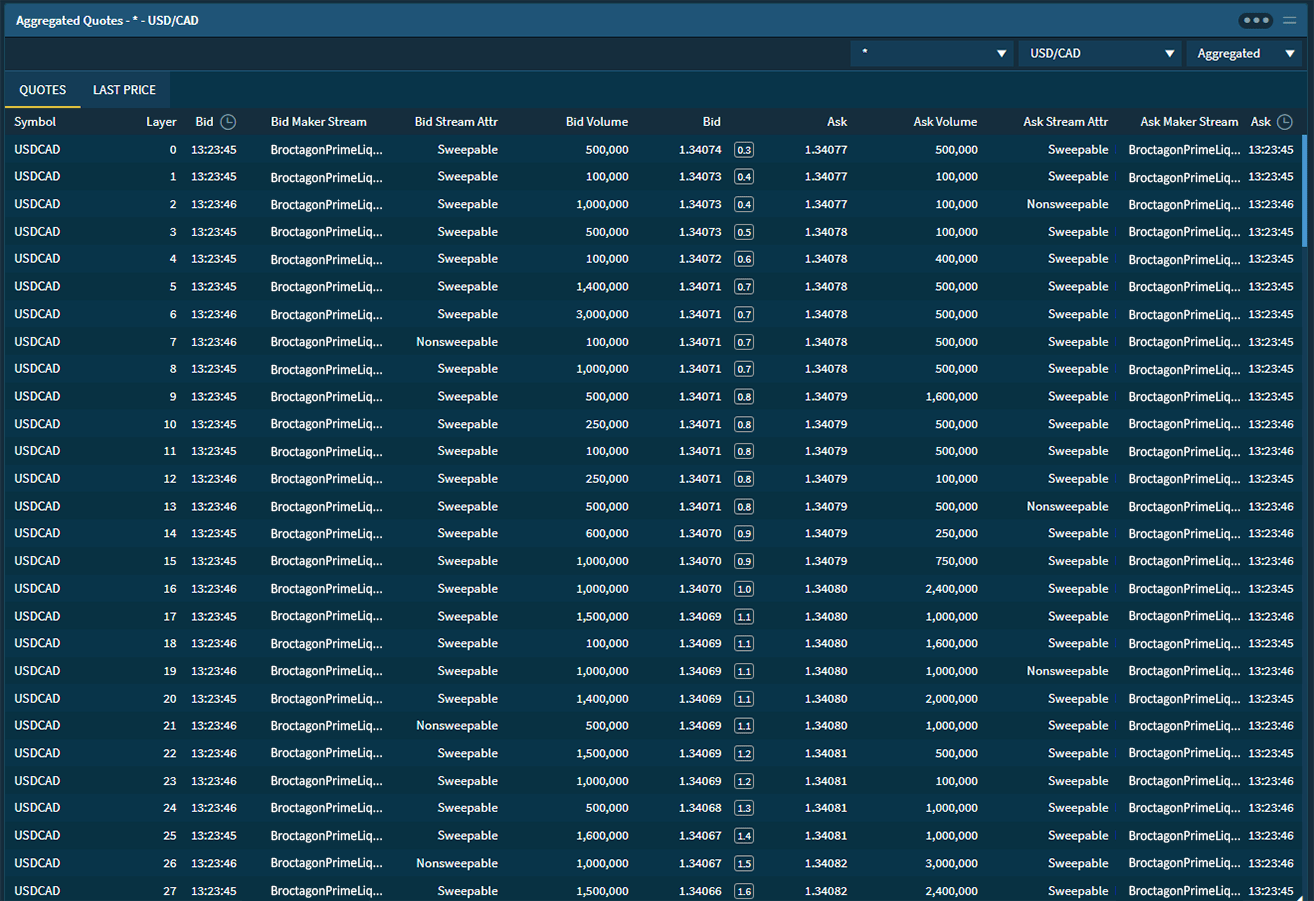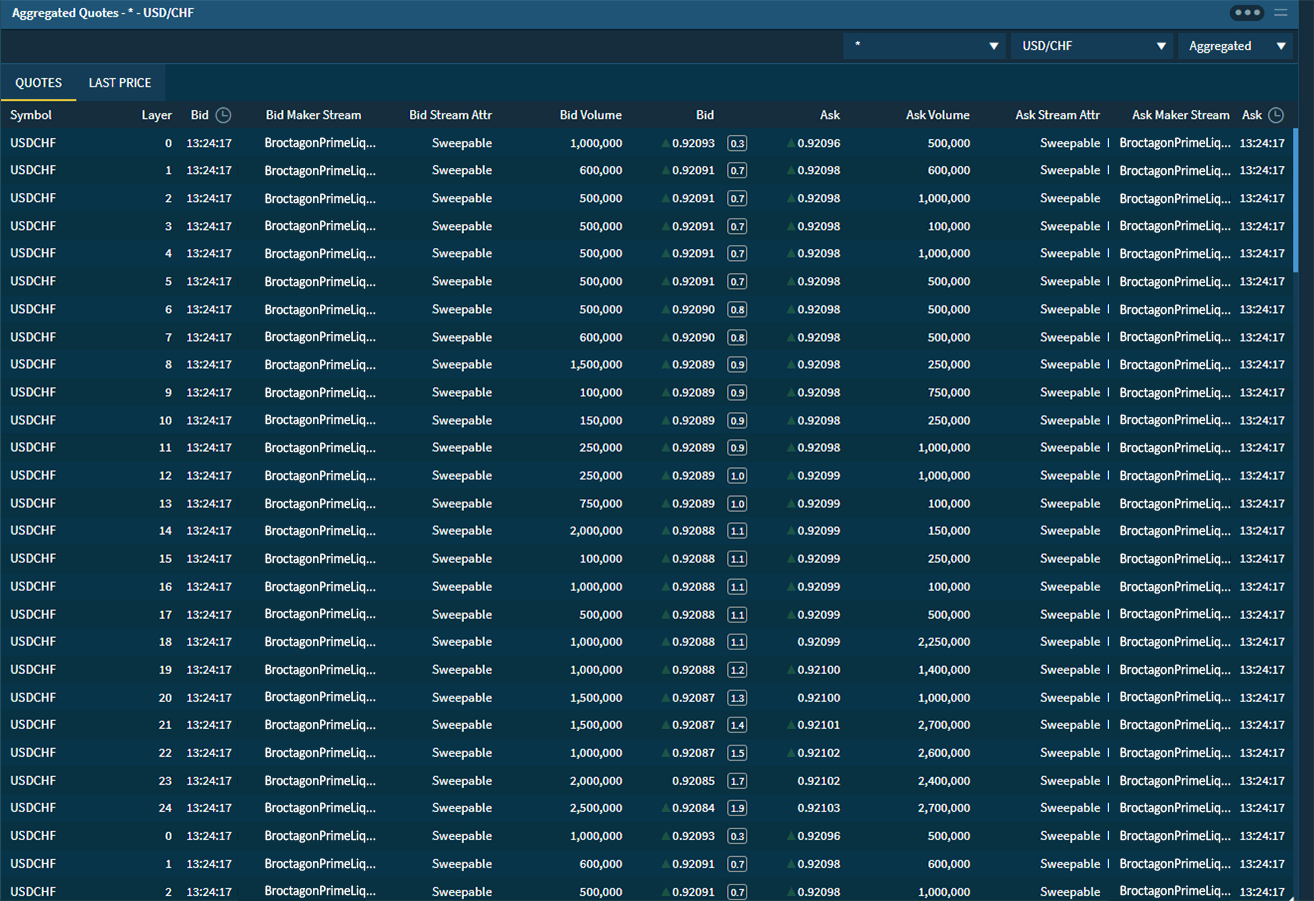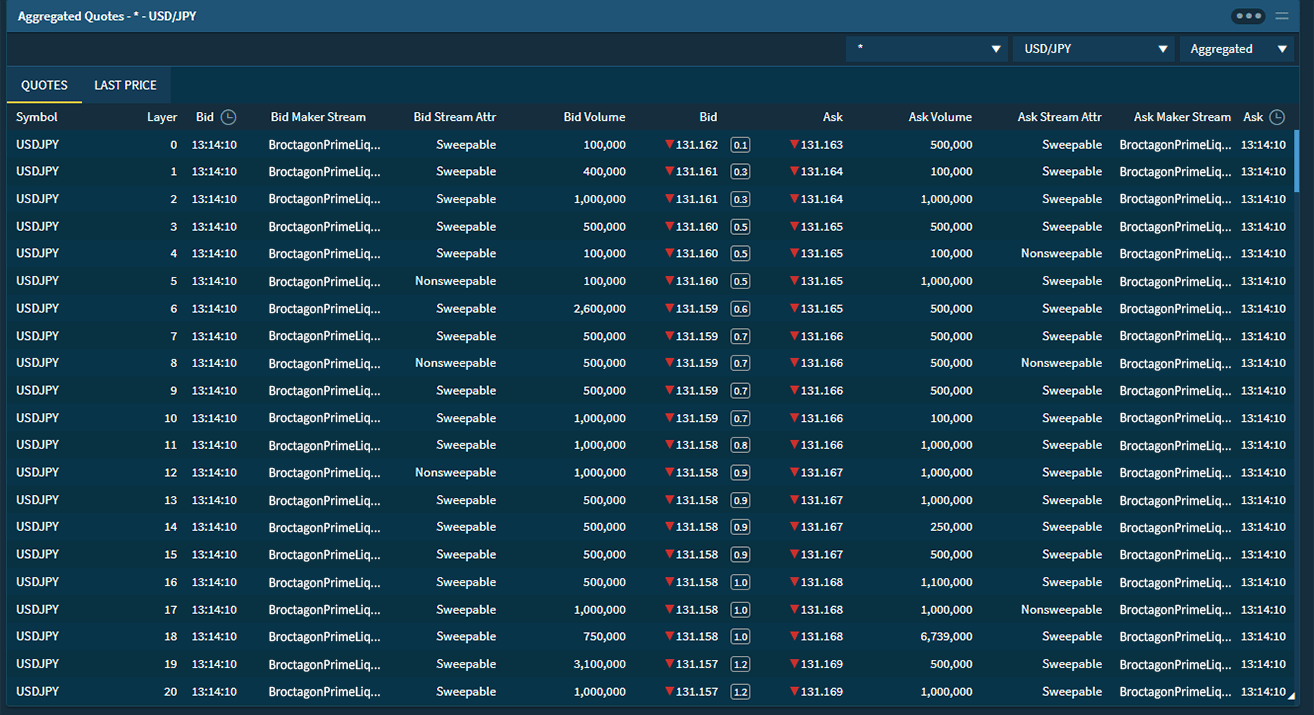Liquidity Providers and the Role They Play in Forex
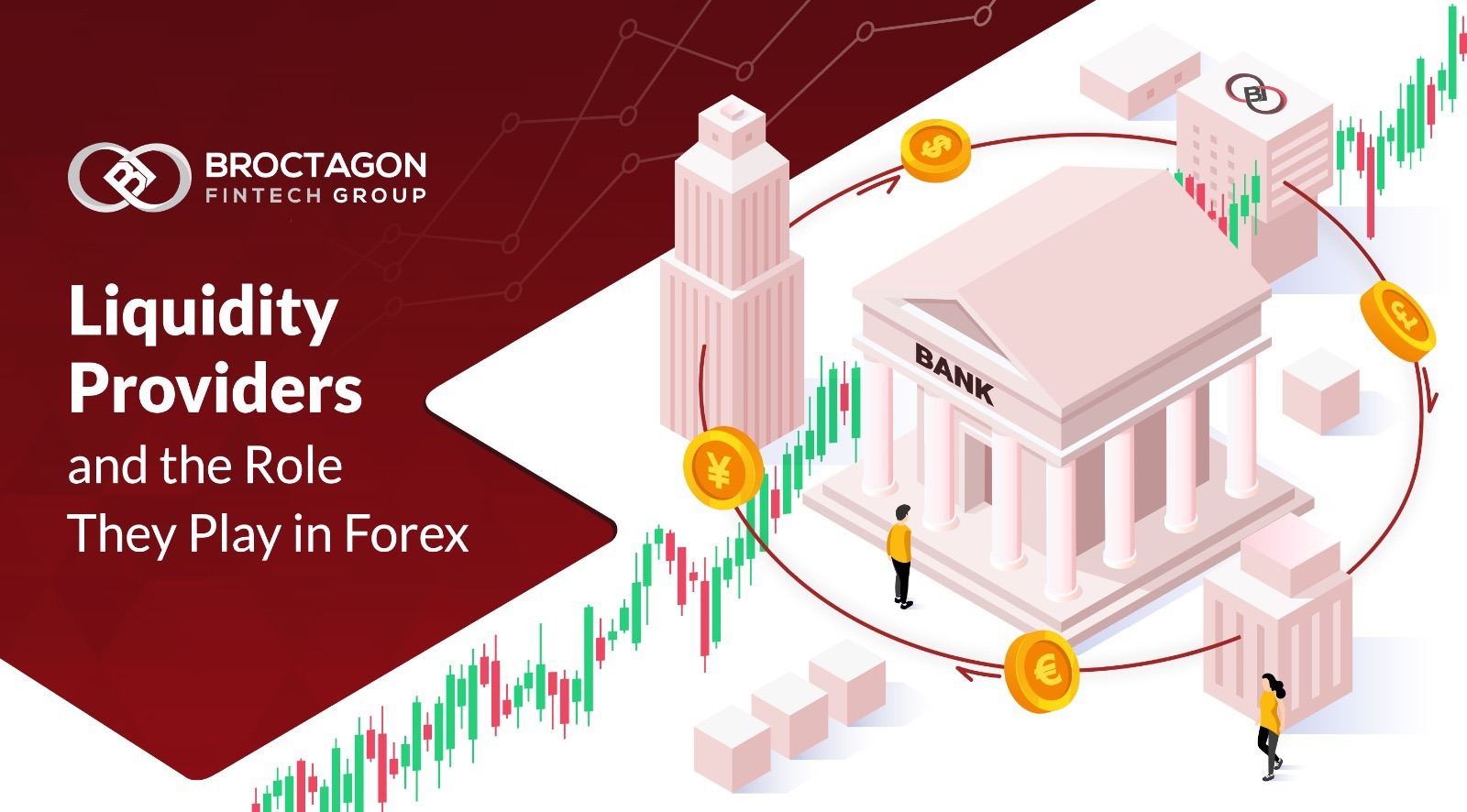
Who are liquidity providers in Forex and what do they do? It’s important to understand this both as a brokerage and as a trader. Liquidity providers play a crucial role in financial markets and exchanges to ensure a seamless execution of trades, and to provide buyers and sellers with the ability to buy and sell at any time. By providing liquidity to the market, liquidity providers help reduce volatility, ensure that prices remain stable, and minimize the risk of slippage – the difference between the expected trade price and the actual price.
In short, liquidity providers are needed in the Forex market to maintain efficiency and stability, for trades to be executed quickly and at competitive prices. If you are running a Forex brokerage, you’ll find this article useful in understanding the role of liquidity providers.
Who are Liquidity Providers in Forex?
Liquidity providers in Forex are usually prime brokerages, large banks, hedge funds, high -frequency trading firms and other financial institutions, that provide liquidity to the market by increasing its transaction volume. These institutions and market participants use their access to large pools of capital and financial strength to take on a risk, and in return charge a small spread between the bid and ask prices, or by taking positions in the market. They are essential in providing liquidity to maintain a stable market even during periods of high volatility.
Why are Liquidity Providers Needed in Forex?
Liquidity providers are needed in the Forex market for brokers to have maximum market exposure, which ensures that buyers and sellers can execute trades at any time and with minimal price slippage. The forex market is decentralized, where all the world’s currencies are traded against each other, but not all institutions and brokerages might have access to that liquidity volume to provide the most favourable prices and fastest trades.
Liquidity providers step in to bridge this gap by providing a constant source of bid and ask prices. Within a traditional market environment, the highest price a prospective buyer is willing to pay for an asset is called the bid price, and the lowest price a prospective seller is willing to sell an asset for is called the ask price. The difference between these two values is called the bid-ask spread. An asset with many active buyers and sellers will typically have a relatively small bid-ask spread. This helps to ensure that traders can enter and exit positions quickly and efficiently.
By providing liquidity to the market, liquidity providers help to maintain stability and prevent large price swings, which can be harmful to traders and market participants.
What is the Consequence of Price Slippage?
Price slippage is the difference between the expected price of a trade and the actual price at which the trade is executed. When price slippage occurs, it can have negative consequences for traders and investors.
For example, if a trader enters a market order to buy a currency pair at a certain price, but the trade is executed at a higher price due to slippage, the trader will end up paying more than they expected. This can result in a lower profit or even a loss, depending on the size of the slippage.
Similarly, if a trader enters a sell order at a certain price but the trade is executed at a lower price due to slippage, they will receive less than they expected, resulting in a smaller profit or a larger loss.
Price slippage can also have broader implications for the market as a whole, as it can increase volatility and reduce market efficiency. When price slippage is frequent and large, it can reduce market confidence, discourage participation, and increase the cost of trading for everyone.
Therefore, minimizing price slippage is an important goal for traders and investors, and liquidity providers play an important role in achieving this goal by providing a stable source of bid and ask prices in the forex market.
Who are Prime Liquidity Providers?
Prime liquidity providers, or Prime brokers, are the largest and most creditworthy financial institutions in the foreign exchange market. They typically have direct access to central bank funds and have large pools of capital available to provide liquidity to the market. Examples of Prime liquidity providers include major global banks such as JPMorgan Chase, Citigroup, and HSBC. All of the major FX banks have (or had) some degree of FX Prime Brokerage presence.
These institutions are considered to be at the top of the liquidity hierarchy and are trusted to provide stable and accurate prices to the market, even during periods of high volatility or low market liquidity. As a result, they are often used as benchmark prices by other liquidity providers, traders, and market participants.
Having a Prime broker as a counterparty can provide traders with added security, as these institutions are generally considered to be low-risk and financially stable. However, it is worth noting that having Prime brokers are extremely selective with whom they enter a relationship, using stringent due diligence to determine eligibility, such as history and reputation of the company, cash capital, end clients and many more. The onboarding process is much lengthier and connection to the liquidity venue is more complex.
Thus, most retail FX brokerages do not meet the onboarding criteria of Prime brokers, and this is where Prime of Prime liquidity providers come into the picture and play an important bridging function.
What About Prime of Prime (PoP) Liquidity Providers?
Prime of Prime (PoP) liquidity providers are large financial institutions that have an existing relationship with Prime brokers. They act as intermediaries between retail FX brokerages and Prime brokers, allowing access to institutional interbank liquidity. Prime of Prime liquidity providers often use aggregation technology via multiple liquidity streams to enable competitive pricing and offer “plug and play” integration via FIX-API or MT4 / MT5 bridges for easy connectivity. The onboarding process is also much faster than Prime brokers and usually offer a technological solutions suite in addition to liquidity.
For these reasons, many retail FX brokers engage Prime of Prime liquidity providers for deeper liquidity and broader market exposure. Under most scenarios, PoP providers do not deal directly with retail FX clients.
Broctagon is a company that specializes in Prime of Prime services and our first-class technology provides clients access to institutional liquidity pools for the most competitive edge.
About Broctagon Fintech Group
Broctagon Fintech Group is a leading multi-asset liquidity and FX technology provider with over 15 years of global presence across Hong Kong, Malaysia, India, Thailand, and Armenia. We deliver performance-driven, bespoke solutions to more than 350 clients in over 50 countries, offering institutional-grade liquidity, brokerage and prop trading solutions.


